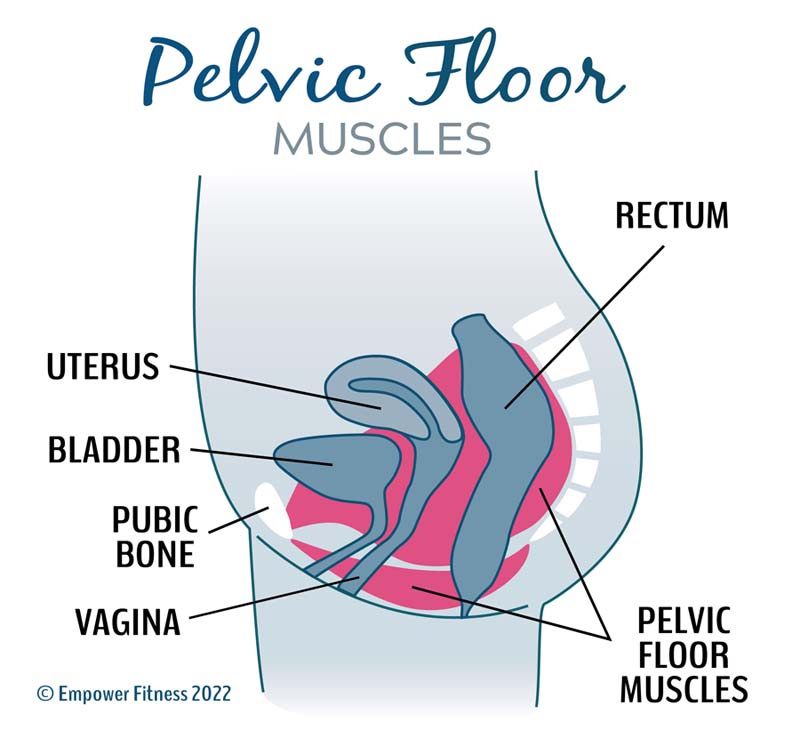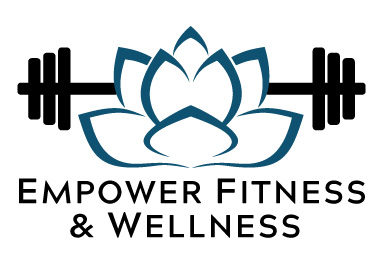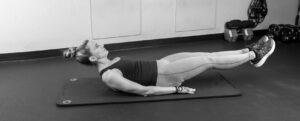If you’re pregnant or plan on becoming pregnant, you might feel like people are constantly telling you how much the entire experience is going to hurt or change your body forever. Or maybe people aren’t telling you that all the time, but you can’t imagine how that wouldn’t be the result.
It’s true that pregnancy and childbirth can bring about some major physical changes. The focus is often on external ones (a growing belly). But one of the biggest pregnancy and childbirth changes impacts an area that’s impossible to see from the outside: the pelvic floor. I won’t lie to you, pregnancy and childbirth can definitely do a number on this area. For some people, a little thing called pelvic floor exercises may be able to help.
Your Pelvic Floor Anatomy
I can’t blame you if you’re like, “Excuse me, the anatomy of my what, now?” In general, people don’t talk about pelvic floors often, even in pregnancy and childbirth conversations.

The pelvic floor is essentially a group of muscles integrated together to create a support structure for the intra-abdominal organs. These muscles work like a hammock to brace organs such as the uterus, bladder, and rectum. In doing so, the pelvic floor promotes healthy bowel and bladder control along with comfort during things like penetrative sex. If something goes wrong with your pelvic floor, it can mess with your ability to go to the bathroom normally, with your sex life, and with your general function in that region.
Pregnancy and Your Pelvic Floor
Being pregnant can loosen up the muscles and connective tissues such as ligaments that need to work well for good pelvic floor function. This loosening effect is thanks to hormones that increase when you have a baby on the way, like progesterone, estrogen, and one literally called Relaxin. The point of this loosening is to eventually allow a baby to pass through the birth canal more easily.
Then there’s that growing belly part. As your uterus expands and you gain weight, more pressure bears down on your pelvic floor, which can contribute to a loss of support.
Childbirth and Your Pelvic Floor
As you’ve probably surmised, birthing a baby vaginally can definitely impact your pelvic floor and cause postpartum issues like pain during sex, urinary or fecal retention, and urinary or fecal incontinence. You might be wondering about how having a cesarean would influence your odds of winding up with pelvic floor dysfunction. Having a C-section does appear to be linked with a significantly lower risk of pelvic floor disorders, but it doesn’t mitigate this risk entirely because you still have all of the factors from the pregnancy itself. A C-section is still a major abdominal surgery that comes with its own intense healing process even if it doesn’t harm your pelvic floor in any big way.
The Key Is To Find the Right Muscles
To identify your pelvic floor muscles, stop urination in midstream. You should ONLY use this method for learning purposes. It is not advised to start and stop your urine regularly.
Prenatal and Postnatal Personal Training is not a one size fits all program. Every woman is unique. That is why I take so much pride in my specialized programming. My goal is to provide you with the coaching, guidance, education (including about your pelvic floor and exercises that will help strengthen it) and motivation you need to tackle you and your baby’s health through fitness.
I offer in studio training as well as online coaching if you are not in the San Diego area.
As always consult with your doctor before starting any exercise plan.

Ready to Reclaim Your Personal Power?
Allow yourself to receive the most effective form of training with personal training, or our online fitness & macro coaching.


 What is Diastasis Recti?
What is Diastasis Recti?
